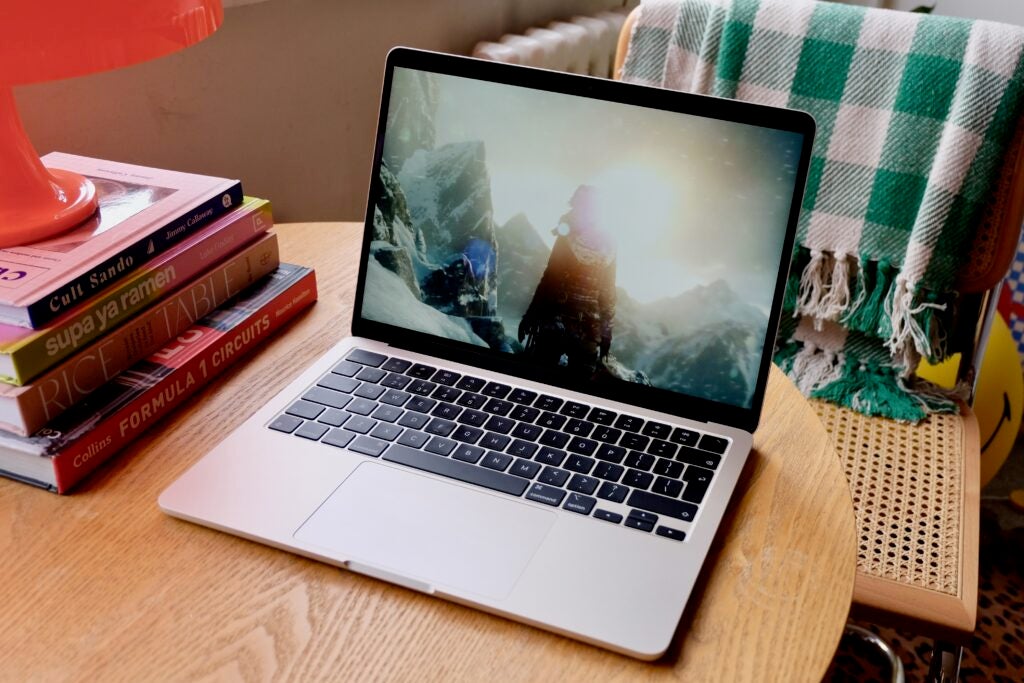Microsoft Surface Pro 11 vs MacBook Air M3: Which should you buy?

Microsoft recently unveiled the Surface Pro 11, the latest update to its flagship line of 2-in-1s with a renewed focus on AI.
Prices for the 13-inch Surface Pro 11 start at £1049, while Apple’s MacBook Air M3 starts at £1099 for the 13-inch model or £1299 for the 15-inch version. This means you could pick up the MacBook for just £50 more, a factor that might leave you torn between the two devices.
We’ve pitted the Surface Pro 11 and the MacBook Air M3 head-to-head to help you decide which one is right for you.
The MacBook Air M3 is powered by Apple’s M3 chip
The MacBook Air M3 is powered by the Apple M3, a chip that made its debut alongside the MacBook Pro and iMac in late 2023.
The M3 consists of an 8-core CPU, an up to 10-core GPU, a 16-core Neural Engine and support for up to 24GB of unified memory. According to Apple, the MacBook Air M3 is up to 60% faster than the MacBook Air M1 and up to 13x faster than the fastest Intel-based MacBook Air. These are improvements that should be reflected in demanding tasks like video editing and software development as well as more casual everyday use.
The GPU also supports hardware-accelerated mesh shading and ray tracking for more accurate lighting and shadows when gaming.

The Microsoft Surface Pro 11 is designed with AI in mind
The Microsoft Surface Pro 11 is also designed to offer powerful performance. Microsoft has placed a particular emphasis on AI this time around.
The Snapdragon X Elite and Plus processors offer up to 90% faster performance compared to the Surface 9 Pro, while the NPU enables up to 45 trillion operations per second. The chipset powers Microsoft’s AI companion, Copilot, to assist you throughout your day.
Microsoft highlights a range of useful Copilot+ features, including live captions and translations for videos, better-looking and sounding video calls, Recall to help locate specific documents and web pages, and Cocreator to generate digital art from text and image prompts.
The MacBook Air M3 includes a keyboard
The MacBook Air M3 is a laptop, meaning it comes with a keyboard attached as part of its design.
The Surface Pro 11, on the other hand, is a 2-in-1. This essentially means the device can be used as a tablet or paired with a keyboard case to function like a laptop. While this design offers greater versatility and is great for portability, it also requires you to pick up a keyboard separately whereas the MacBook Air M3 comes ready for you to type out of the box.

The Microsoft Surface Pro 11 includes stylus support
Being a 2-in-1, the Microsoft Surface Pro 11 also features a touchscreen. When paired with the Slim Pen (sold separately), you can use the device to take notes, sketch ideas, and create digital art intuitively with a stylus.
The MacBook Air M3 does not offer touch support. If you want to sketch on an Apple product, you’re better off opting for an iPad. Apple’s tablet line can also be paired with accessories like keyboards and the Apple Pencil, so you can configure your setup as you would the Surface Pro 11.
The MacBook Air M3 has a longer battery life
When it comes to battery life, both devices offer marked improvements over their respective predecessors. However, the MacBook Air M3 comes out on top when it comes to video playback, offering up to 18 hours of movie streaming in the Apple TV app.
The Surface Pro 11, meanwhile, can deliver up to 14 hours of video playback. That’s four hours fewer than the MacBook Air M3.









